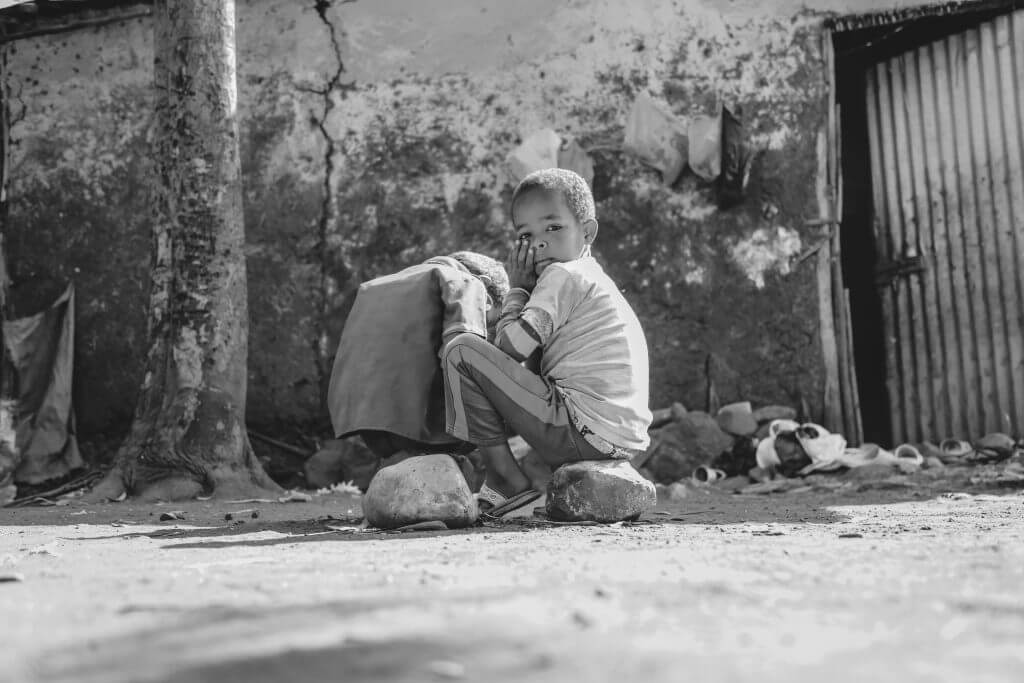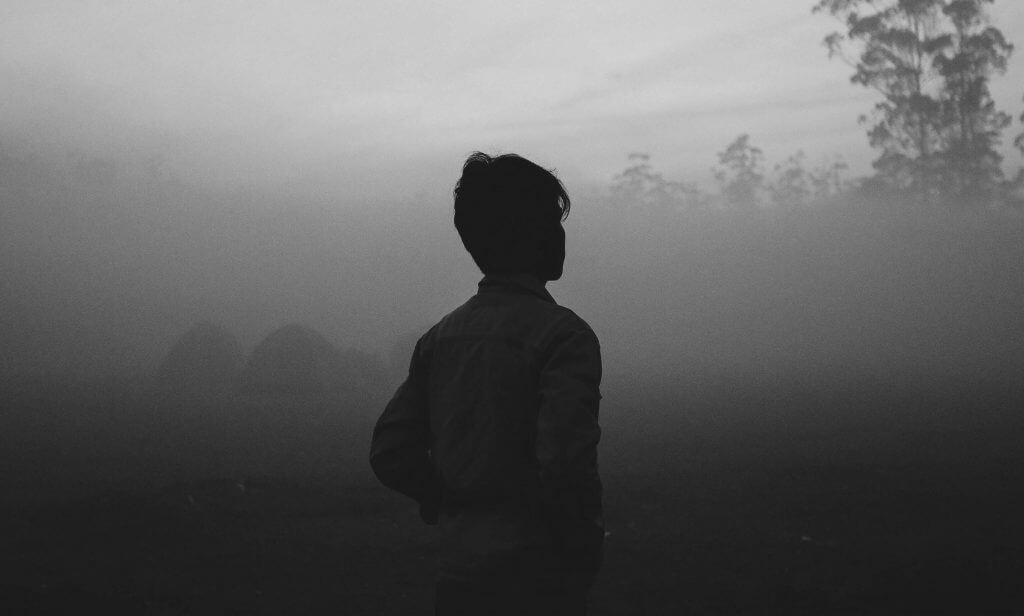7 Human Trafficking Statistics that Put the Problem in Perspective

Slavery does still exist.
Disguised under the term human trafficking, it’s one of the fastest-growing crimes. And it often hides in plain sight.
Since today is National Human Trafficking Awareness Day, we hope these 7 statistics will shed light on the global crisis, and that with them, you’ll have a renewed sense of urgency toward this crisis and its victims.
1. 40 million people are trafficked globally on any given day.
40. Million. People. That’s more than the entire population of California.
2. Out of those 40 million people, 25 million are in forced labor and 15 million are in forced marriage.
Forced labor can take many forms—domestic work, construction, agriculture, sexual exploitation, state-imposed labor.

3. Women and girls account for 71% of all modern slavery victims.
And of the 4.8 million persons in forced sexual exploitation, 99% are women and girls.
NOTE: According to UNICEF research, while girls encounter more obstacles, even one year of schooling can improve a girl’s ethical sustainable income by 20%.
Educated girls and women are less likely to marry as children or die in childbirth. And a child whose mother can read and write is 50% more likely to survive past age 5.
Sponsor a girl and send her to school.
4. 1 in 4 victims of human trafficking is a child.
10 million children—more than the whole population of New York City.
Of those 10 million, orphans and vulnerable children are among the most at-risk, especially those in poverty.
In Thailand, for example, thousands of migrant children live on makeshift construction camp sites, at risk of human trafficking. Because of this, Lifesong Thailand is committed to helping vulnerable children … like Dani.
Hear Dani’s story in her own words.
5. The industry is estimated to make illegal profits amounting to $150.2 billion per year.
Making it the third-largest criminal enterprise in the world, right after drug trafficking and counterfeiting.

6. It’s happening around the world and in all 50 states.
According to the Department of State, the three states with the most human trafficking activity are California, New York, and Texas.
7. It’s estimated that 60% of child sex trafficking victims in the U.S. have a history in the child welfare system.
In 2013, 60% of victims recovered through FBI raids in the U.S. were from foster care or group homes. Most children rescued were 14 years old.
And yet, there is hope.
Why do we emphasize the need? Because we know—no matter how big the problem is—our God is bigger.
The first step to eradicating a problem is raising its awareness. So now that you’re aware, what will you do? Here are some ideas—
- Pray for victims of trafficking—for those still enslaved and for those who have been rescued.
We would be honored for you to join our Prayer Team and receive a monthly update of recent prayer requests and praises from all across our ministry. - Sponsor an at-risk child. (Find waiting children here.)
- Keep spreading awareness.
Sponsor a child
$34 A Month
Orphans and vulnerable children are among the most at-risk of being trafficked–especially those in poverty. So when we seek to meet orphans’ needs through sponsorship, we help eliminate those risks from their lives.
Statistics gathered from the International Labour Office and National Foster Youth Institute